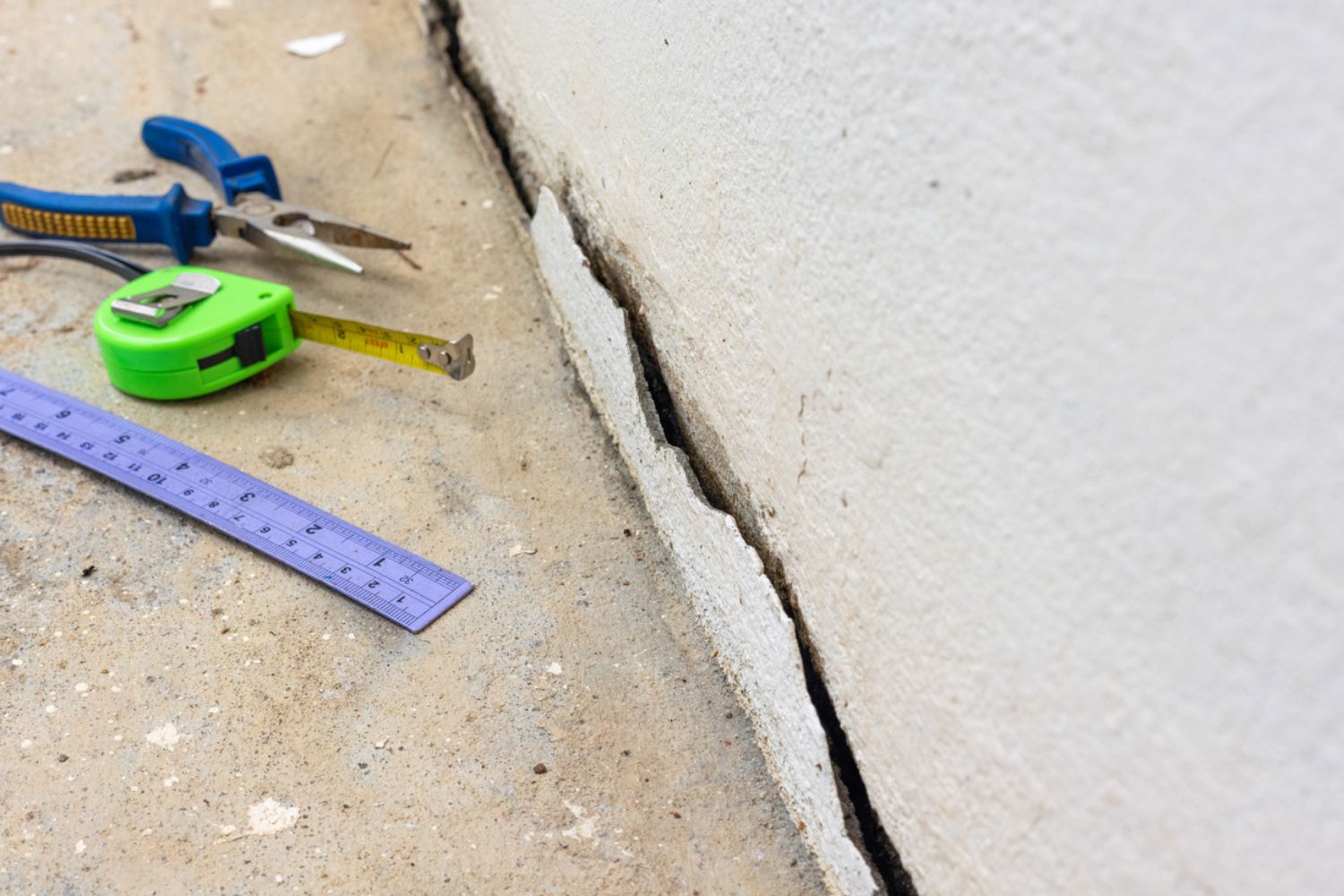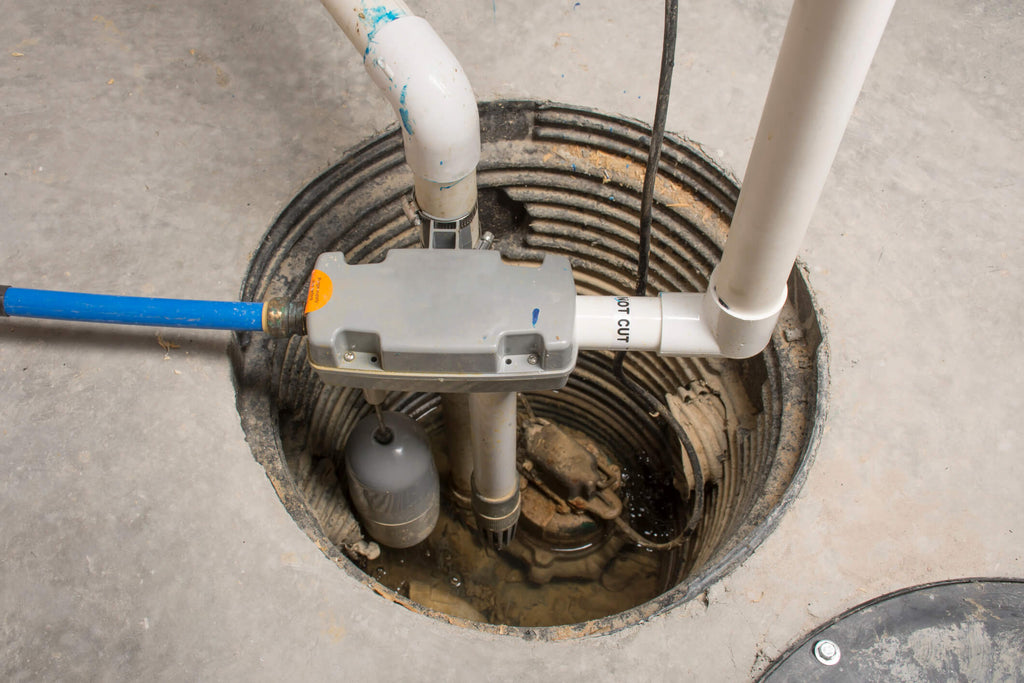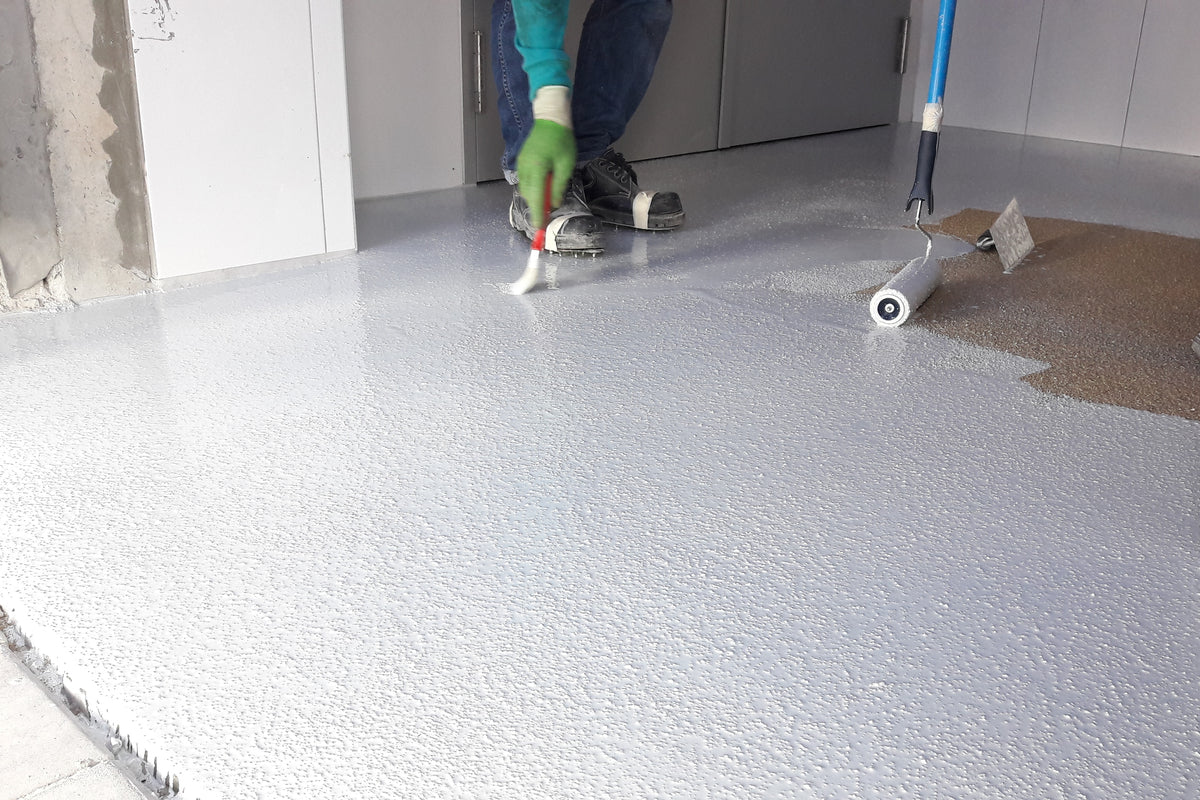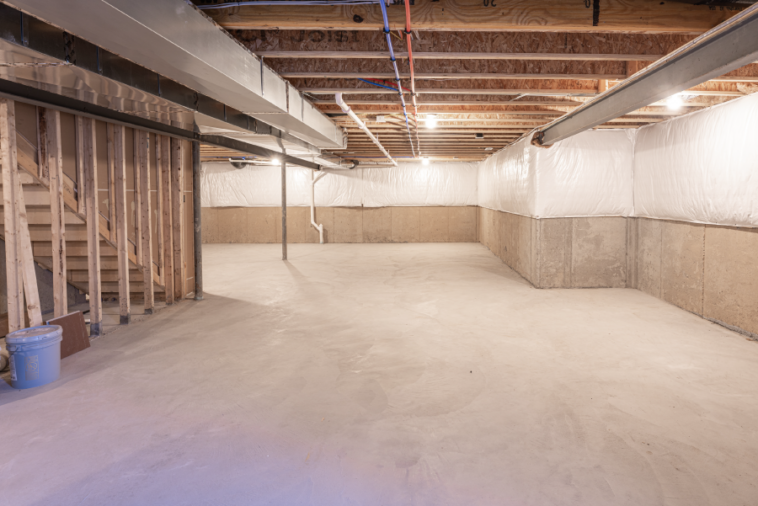A dry and safe basement protects your home’s value and prevents structural damage. Dampness in a basement leads to mold, which causes health problems. Keeping it moisture-free ensures your home remains a healthy place to live. Mold thrives in dark, damp areas, which means a wet basement can quickly turn into a serious problem for your family and your property.
Waterproofing companies specialize in inspecting foundations, applying sealants, and installing drainage systems that keep homes safe from moisture. Professional waterproofing in Niagara offers a range of services that provide full protection against water damage. They ensure that homes remain mold-free and structurally sound.
Professional services also assess the entire basement for potential risk areas. With expert solutions, the chance of a basement flood becomes significantly lower.
Some key steps can be taken to avoid costly issues caused by water seepage. Follow the advice in this guide to learn how to keep your basement dry, safe, and mold-free.
Key Points
- Inspect the foundation for any cracks.
- Install a reliable drainage system.
- Make sure gutters and downspouts work efficiently.
- Seal all cracks with high-quality sealant.
- Install a sump pump if needed.
- Use a dehumidifier to control moisture levels.
Inspect the Foundation for Cracks

Cracks in the foundation can allow water to seep into the basement. Even small cracks can let moisture in over time, leading to bigger issues. Inspect your foundation regularly. If you notice cracks, address them immediately to prevent water from entering.
Using a high-quality sealant will help block moisture. Foundation repair experts recommend doing this every year. Ignoring cracks can lead to structural damage. Keep an eye on the foundation to avoid water damage.
Install a Reliable Drainage System
A proper drainage system is key to keeping water away from the foundation. French drains, for example, work to channel water away from your home. Without a good drainage system, water can accumulate around the base of your house, leading to leaks.
Make sure your drainage system is in place and functioning. You can hire professionals to inspect it, or check it yourself regularly. Clear the drains to prevent blockages that could cause flooding.
Gutters and Downspouts Must Work Efficiently
Gutters and downspouts need to direct water away from your home. If they don’t work properly, water will build up around the foundation, leading to leaks. Clean gutters regularly to ensure they aren’t clogged.
Downspouts should lead water at least six feet away from the foundation. Extensions can be added to achieve this. Check that the gutters aren’t damaged or leaking at any points. Repairs should be made quickly to ensure that water stays away.
Sealing All Cracks
Sealing cracks in walls and floors keeps water out. Using high-quality sealants designed for concrete will provide long-term protection. Some waterproofing specialists can also apply professional-grade sealants that last even longer.
Any spot where moisture can enter must be sealed. Basements in older homes often develop cracks over time, but sealing those cracks will keep your basement safe from mold and other damage.
Installing a Sump Pump

A sump pump ensures that water doesn’t pool in your basement. If water does seep in, the sump pump works by directing it out of the space. In areas prone to flooding, having a reliable sump pump installed can save thousands in damage.
Installing a battery backup sump pump is also a good idea. It continues to work even during power outages, which are common during severe weather. Many waterproofing experts recommend sump pumps in homes with water issues.
Controlling Humidity Levels with a Dehumidifier
Basements can become damp even without leaks. Humidity in the air contributes to moisture buildup, which encourages mold growth. A high-quality dehumidifier controls the humidity levels and keeps the area dry.
Make sure to choose a dehumidifier that can handle the square footage of the space. Keep it running during the warmer months when humidity tends to rise.
Exterior Waterproofing
Exterior waterproofing offers another layer of protection. A professional waterproofing contractor applies a waterproof membrane to the outside of the foundation. It prevents water from seeping into cracks and walls. Exterior waterproofing provides long-term protection and can be particularly useful for older homes where foundation cracks are more common.
This method is often used in combination with other techniques like French drains and sump pumps to create a complete waterproof system.
Basement Floor Protection

Waterproofing the floor of the basement prevents seepage through cracks. Special waterproof coatings are applied to the concrete floor, which acts as a barrier against moisture. This step is often overlooked but plays a crucial role in preventing mold.
If you have an unfinished basement, applying a waterproof coating to the floor is a smart move. Some contractors also recommend installing a vapor barrier underneath the floor to provide added protection.
Regular Maintenance
Routine maintenance is essential to keeping a dry, safe space. Inspect your home’s drainage systems, gutters, and sump pumps regularly. Seal any cracks that appear and ensure that the foundation is free of issues. Address any problems immediately before they become bigger.
Keeping up with inspections and repairs will ensure that your home stays mold-free and protected from water damage. Regular maintenance minimizes the risk of flooding and extends the lifespan of your waterproofing systems.
Ventilation
Good airflow is key to reducing moisture buildup. Installing proper ventilation helps keep the air dry. Without ventilation, damp air becomes trapped, creating the perfect conditions for mold growth.
Make sure to install vents that allow for air circulation. In some cases, installing exhaust fans may be necessary to control the humidity and keep the space dry.
Conclusion

Maintaining a dry, safe, and mold-free space requires proactive measures and consistent care. By inspecting your foundation, ensuring effective drainage, and using sealants, you lay the groundwork for a protected home. Regular maintenance, proper ventilation, and high-quality waterproofing services add essential layers of security.
For those looking for comprehensive solutions, professional waterproofing services provide expert assistance and long-term protection. A well-maintained basement not only avoids costly repairs but also contributes to a healthier living environment. Commit to these practices, and you’ll enjoy peace of mind knowing your home remains safe and dry.



